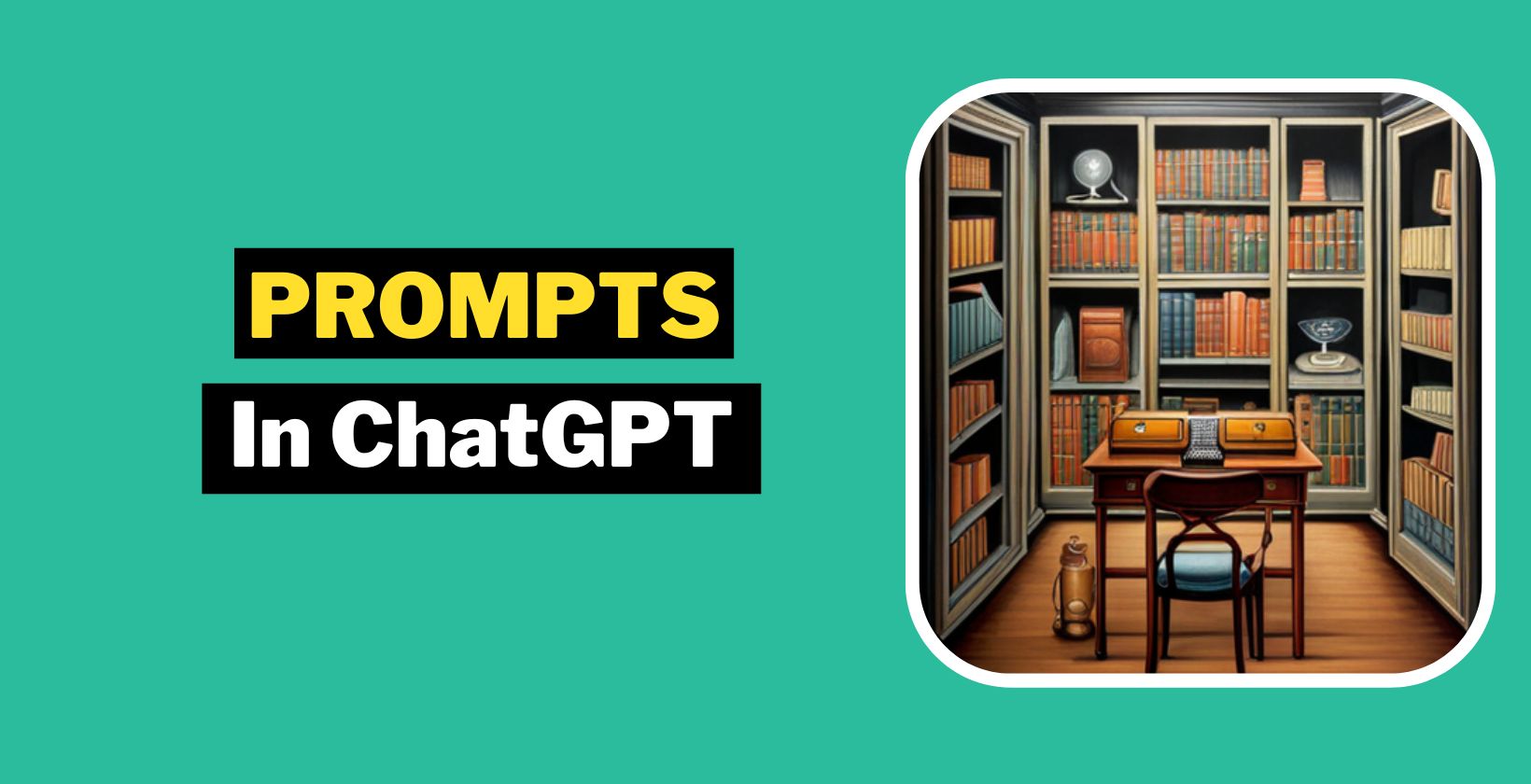Prompts play a crucial role in harnessing the power of ChatGPT, an advanced language model developed by OpenAI.
As AI language models continue to advance, prompts have emerged as a valuable tool in interacting with these models effectively.

A prompt is a textual input provided to an AI model to instruct or guide its response. It serves as the starting point for generating desired content and shaping the conversation.
What are Prompts?
Definition and Purpose of Prompts
Prompts are essentially instructions or cues given to an AI language model, such as ChatGPT, to prompt a specific type of response.
They can range from simple questions to more complex statements, depending on the desired outcome.
Prompts serve as valuable cues for the model to understand the user’s intent and context.
By carefully crafting prompts, users can guide ChatGPT to provide accurate and relevant information, making the conversation more productive and engaging.
The primary purpose of prompts is to guide the model's output and elicit relevant and coherent responses.
Role of Prompts in ChatGPT
In the context of ChatGPT, prompts act as conversation starters, providing initial input to the model.
They set the tone and direction of the interaction by framing the desired topic or query.
By utilizing prompts effectively, users can achieve more accurate and contextually appropriate responses from the model.
How Prompts Work in ChatGPT
When a prompt is given to ChatGPT, it serves as a reference for the model to understand the desired context and generate relevant responses.
The model uses the provided prompt to initialize its understanding and generates text accordingly.
This mechanism allows users to have more control and influence over the output of ChatGPT.
Types of Prompts
There are different types of prompts that can be used with ChatGPT. Understanding these variations is crucial in utilizing prompts to their full potential.
Text Prompts
Text prompts are the most common type of prompts used with ChatGPT.
They can be in the form of questions, statements, or incomplete sentences.
Text prompts provide explicit instructions or queries for the model to respond to, allowing users to receive targeted information or engage in specific conversations.
Directive Prompts
Directive prompts provide clear instructions and ask the writer to perform a specific task.
These prompts often involve analyzing, evaluating, or comparing concepts, encouraging critical thinking and deep understanding.
Informative Prompts
Informative prompts aim to expand the writer’s knowledge on a particular subject or idea.
They often require research and present an opportunity to explore new information and present it in a concise and informative manner.
Reflective Prompts
Reflective prompts prompt the writer to introspect and express personal thoughts or experiences.
Persuasive Prompts
Persuasive prompts are designed to convince the writer to take a particular stance on a topic or persuade the reader of a specific viewpoint.
Creative Prompts
Creative prompts stimulate the writer’s imagination and encourage the exploration of innovative ideas.
Benefits of Using Prompts
The use of prompts in ChatGPT offers several benefits, enhancing the overall user experience and the quality of generated responses. Some key advantages include:
1 # Improved response quality
By providing specific prompts, users can guide ChatGPT to generate responses that align with their expectations. This ensures more accurate and contextually appropriate replies.
2# Control over generated content
Prompts enable users to have greater control over the output of ChatGPT.
By setting constraints and providing guidelines through prompts, users can shape the generated responses to meet their specific needs. Such as academic research writing, social media caption etc.
3# Enhanced user experience
Well-crafted prompts lead to more meaningful and engaging conversations with ChatGPT. Users can receive responses that directly address their queries or provide relevant information, leading to a smoother and more satisfactory interaction.
Limitations of Prompts
While prompts offer numerous advantages, they also come with certain limitations:
- Dependency on prompt quality: The quality and clarity of prompts significantly impact the quality of ChatGPT’s responses. Poorly constructed prompts may lead to irrelevant or nonsensical outputs. It’s crucial to invest time in crafting well-thought-out prompts to ensure desirable results.
- Over-reliance on prompts: Relying solely on prompts can restrict the model’s ability to generate creative or imaginative responses. While prompts provide guidance, leaving some room for the model’s creativity can lead to more engaging and surprising interactions.
- Challenges in generating diverse responses: ChatGPT’s responses can sometimes lack diversity, especially when heavily guided by prompts. Depending on the specific prompt structure, the model might produce similar responses, potentially affecting the overall conversational experience.
FAQs
How do prompts enhance the performance of ChatGPT?
Prompts provide guidance and context for ChatGPT, allowing it to generate more accurate and relevant responses tailored to user needs.
Can prompts be used to generate specific types of content?
Yes, prompts can be used to generate specific types of content by setting constraints and providing instructions related to the desired output.
What are some strategies for creating effective prompts?
Effective prompts are clear, specific, and incorporate relevant context. Experimenting with different prompts and iteratively refining them based on feedback can also improve results.
Conclusion
Prompts are an integral part of ChatGPT, empowering users to guide the model’s responses and achieve desired outcomes.
By crafting clear and contextually relevant prompts, users can enhance the quality of interactions and foster engaging conversations.
It’s important to consider ethical considerations and strive for responsible use to avoid potential biases or ethical concerns.


